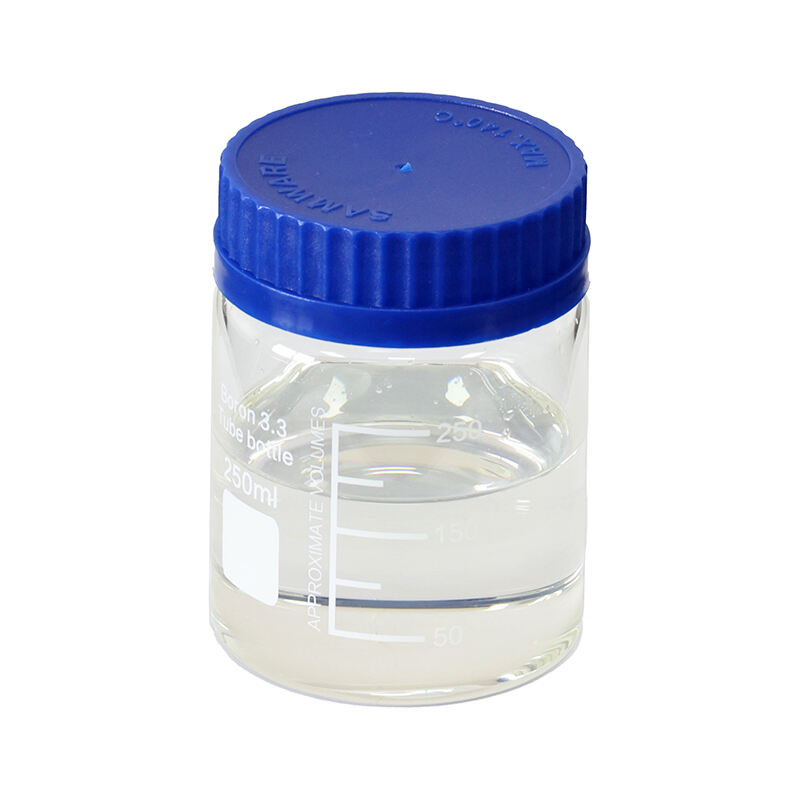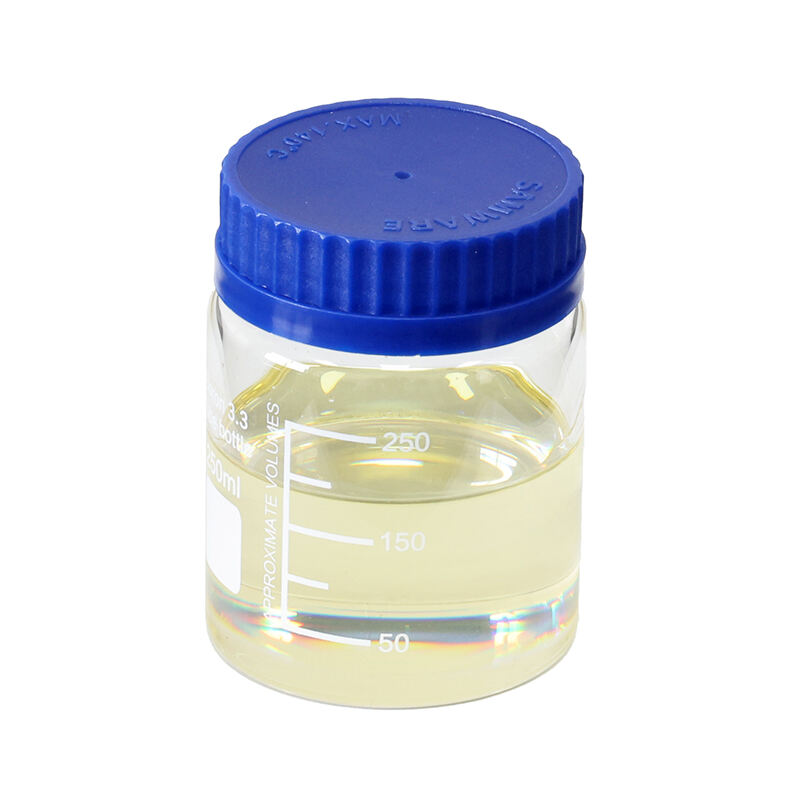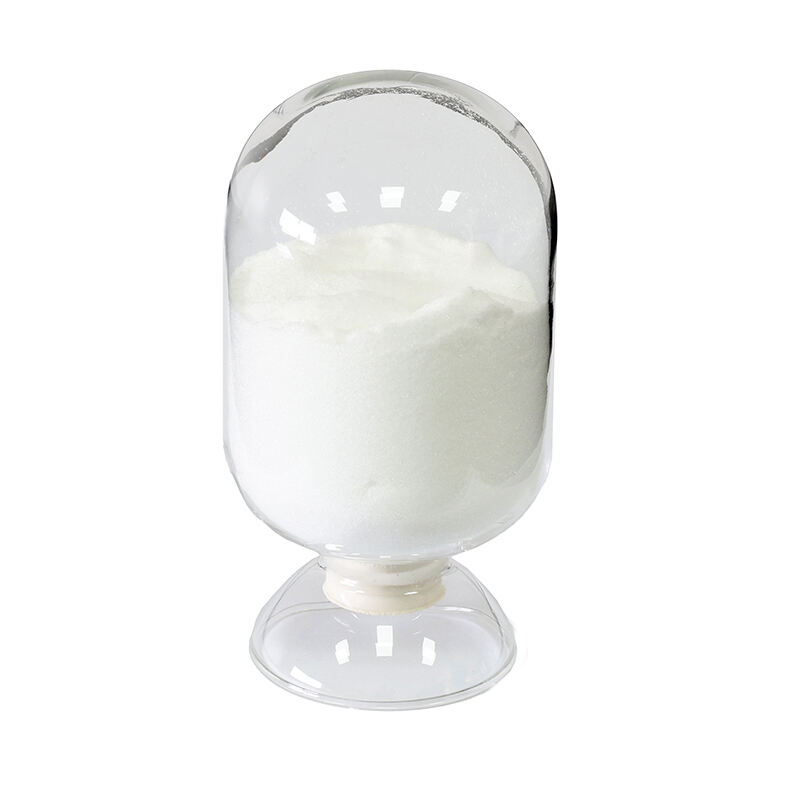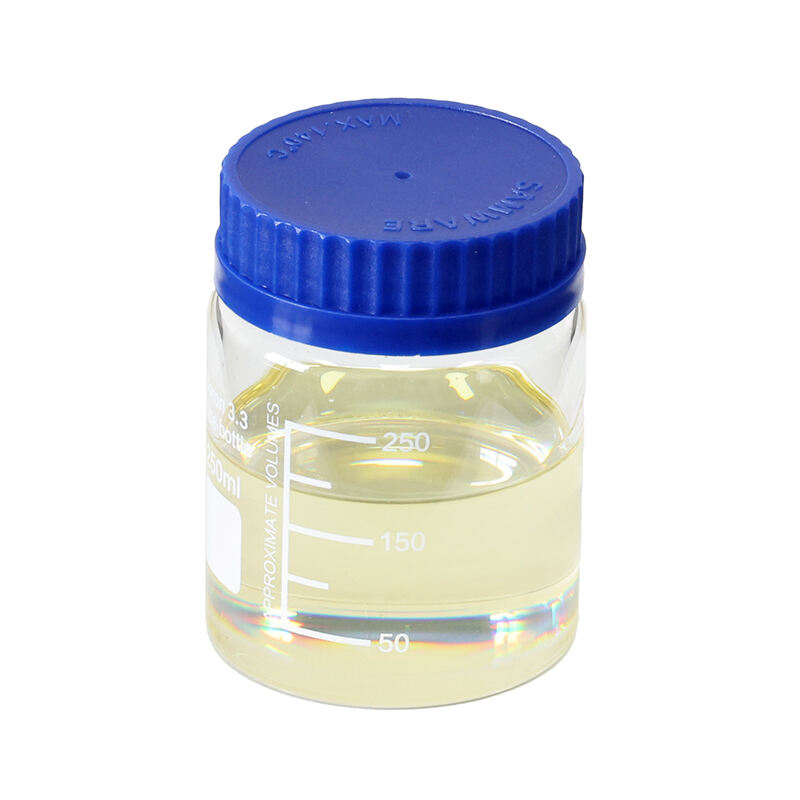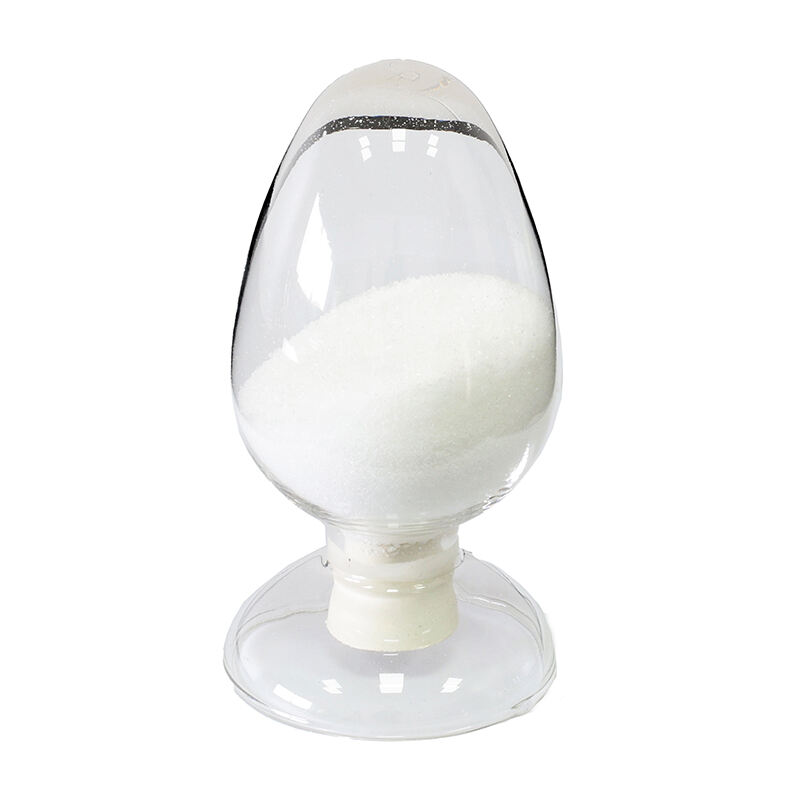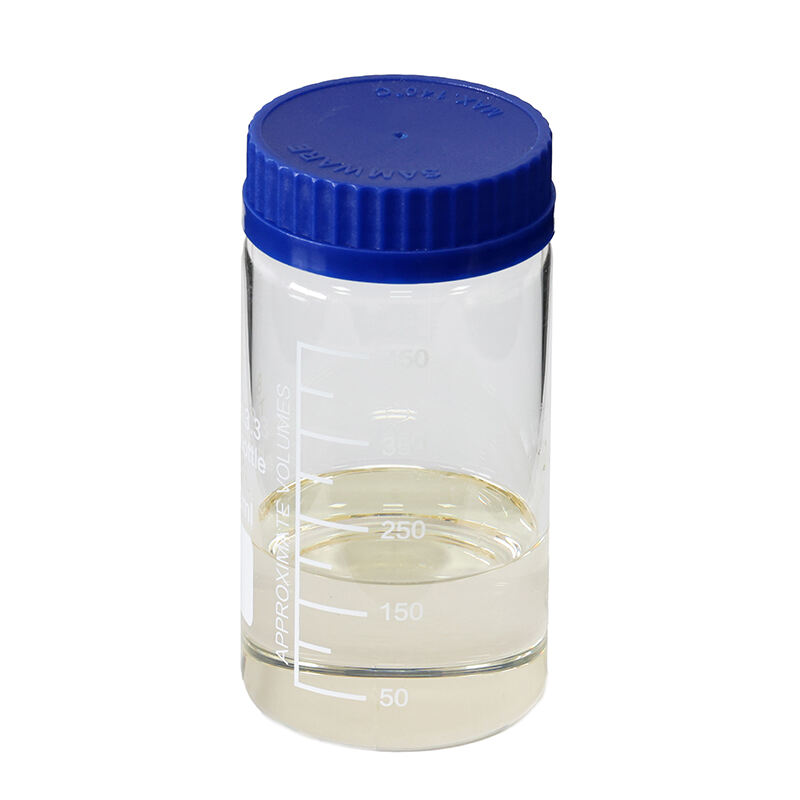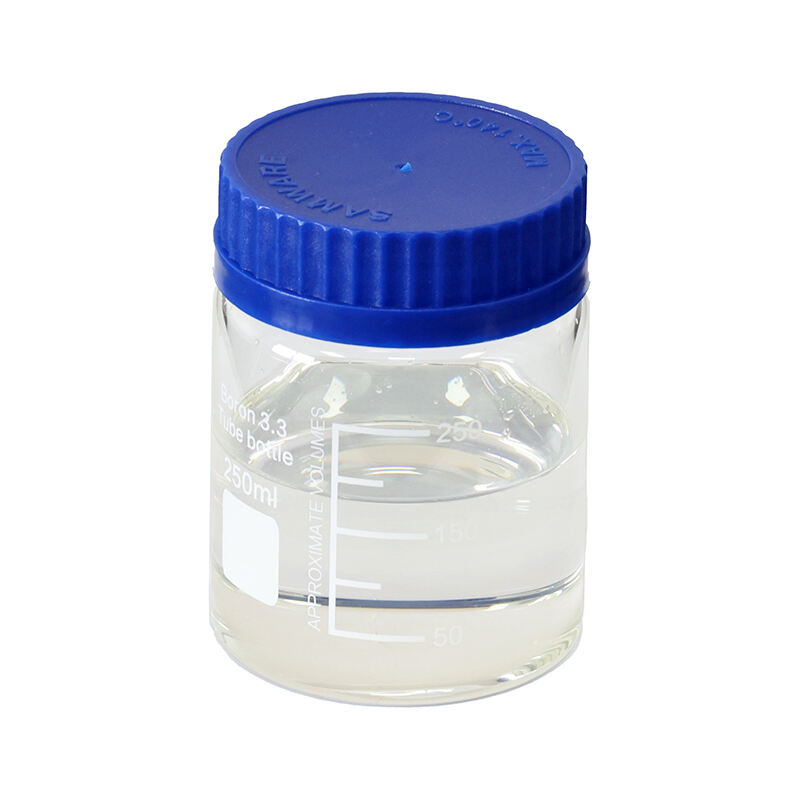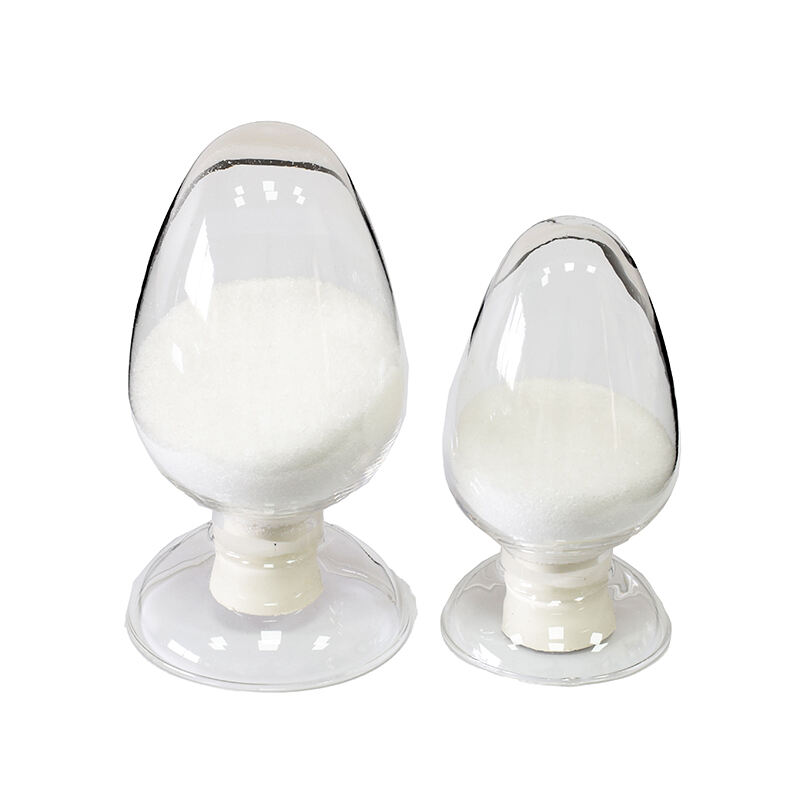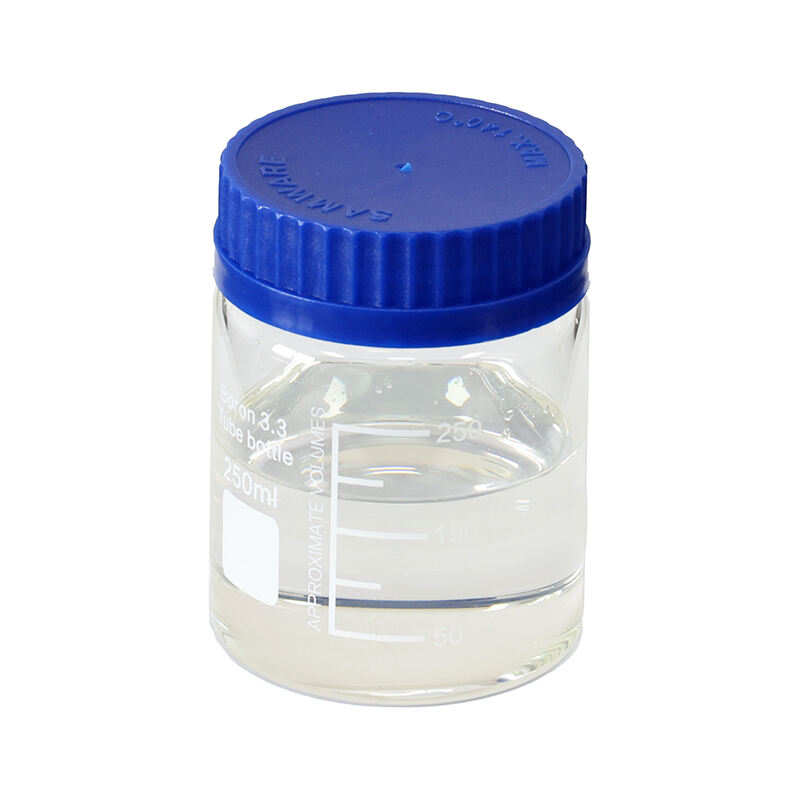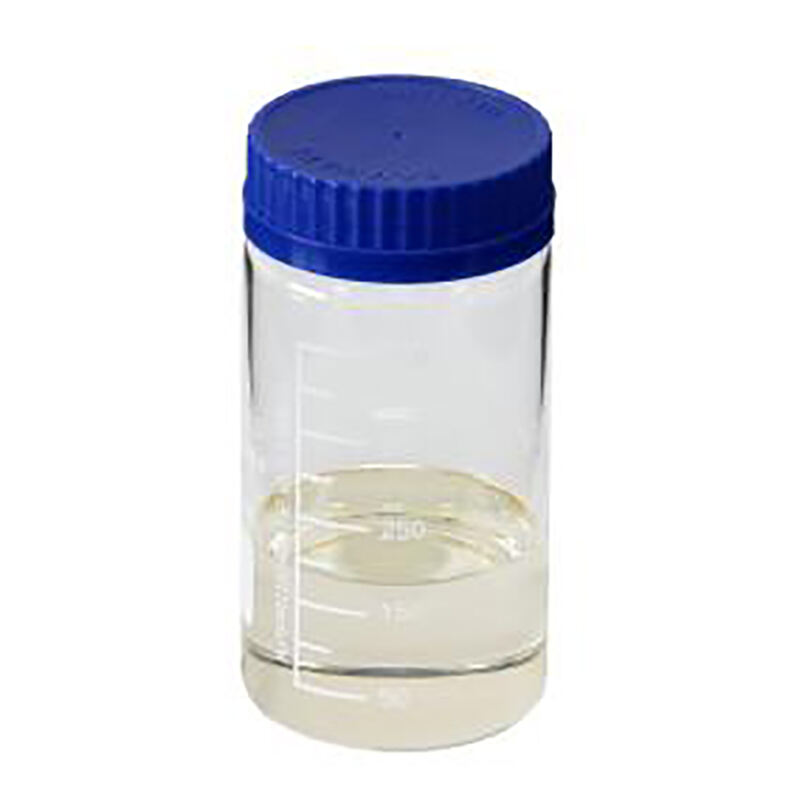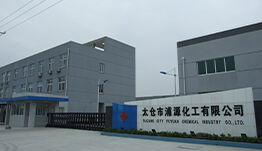The third generation of nicotinic pesticide insecticide dinotefuran
Abstract:Dinotefuran is a third-generation nicotinic insecticide developed by Mitsui Chemical in Japan. It acts on the neurotransmission system of insects, causing abnormal excitement, paralysis and death, and has the effects of touch and stomach toxicity. N,O-Dimethyl-N'-nitroisourea (MNO, CAS: 255708-80-6) is an important intermediate in the synthesis of dinotefuran. Compared with traditional neonicotinoid insecticides, dinotefuran is more water-soluble, which means that dinotefuran is more easily absorbed. The oral toxicity of thiamethoxam to bees was only 1/4.6, and the contact toxicity was half that of thiamethoxam. It can be seen that the performance of dinotefuran is more excellent.
Keywords:dinotefuran; pesticide; insecticide; N,O-Dimethyl-N'-nitroisourea; CAS: 255708-80-6; MNO
1.Synthesis of dinotefuran
The main intermediates of dinotefuran are tetrahydrofuran-3-methylamine and N,O-Dimethyl-N'-nitroisourea(CAS:255708-80-6), dinotefuran is mainly synthesized with tetrahydrofuran-3-methylamine and N,O-Dimethyl-N'-nitroisourea, and finally obtains the pesticide original.
The production process of N,O-Dimethyl-N'-nitroisourea involves nitrification and has a high risk factor. Under the current environmental protection situation, the manufacturer often stops production and limits production, and the environmental assessment and safety assessment approval of new production capacity are also extremely difficult. As a result, the supply of N,O-Dimethyl-N'-nitroisourea is tight.
2.Physical and chemical properties
White or light yellow powder, melting point 101-102℃, solubility in water 39g/L, n-hexane 9.0*10-6g/L, xylene 73*10-3g/L, methanol 57g/L.
3.Action mechanism
Dinotefuran arrives at the site in the form of a free base and kills the insect by interacting with the acetylcholine receptors in the posterior membrane of the nerve skin. It can be widely used for the control of insect pests on plants. In addition to the direct insecticidal effect, it has also been found to affect insect feeding, mating, spawning, flying action, and cause poor growth and reduced spawning.
By binding with the nicotinic acetylcholine receptor of insects, dinotefuran disrupts the neurotransmission system of insects, causing paralysis and thus playing a insecticidal role. The experiment showed that the binding activity of the drug to the acetylcholine receptor binding part was lower than that of other thionicotinoids, but the efficacy was higher than that of such products. Therefore, it is concluded that there are different binding sites of dinotefuran, which may be due to the existence of special furan structure in dinotefuran, so it may have the same and different mechanism of action as other nicotinoids.
4.Security
The pesticide dinotefuran is safe for mammals, aquatic animals, birds and bees, and is highly toxic to silkworms, so it must be used cautiously near sericulture fields.
5.Development and application
Dinotefuran is the third generation of nicotinic pesticide insecticide, insecticidal spectrum is very wide, it can control a variety of hemiptera, lepidoptera, beetles, diptera, orthoptera, hymenoptera and other pests. It is effective in controlling aphids, cucumber whitefly, scale, Vermilion bug, peach worm, peach leaf miner, yellow stripe beetle, bean miner fly and other pests, and has good control effect on tea yellow thrips, tobacco thrips, yellow thrips, citrus yellow thrips, cabbage moth, borer, rice locust and other pests.
6.Development prospect
Because the pesticide insecticide dinotefuran has a very wide insecticidal spectrum, and is very safe for crops, humans and animals and the environment, coupled with a variety of uses, the pesticide is expected to become a large pesticide in the world. It is also the case that various manufacturers are now trying to register the documents of dinotefuran.
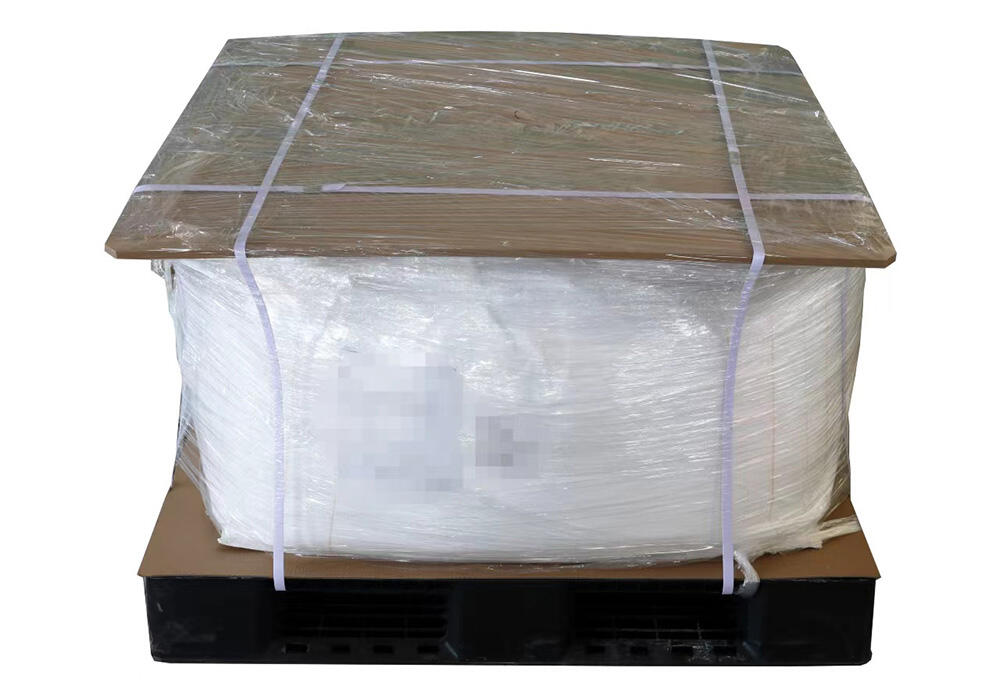
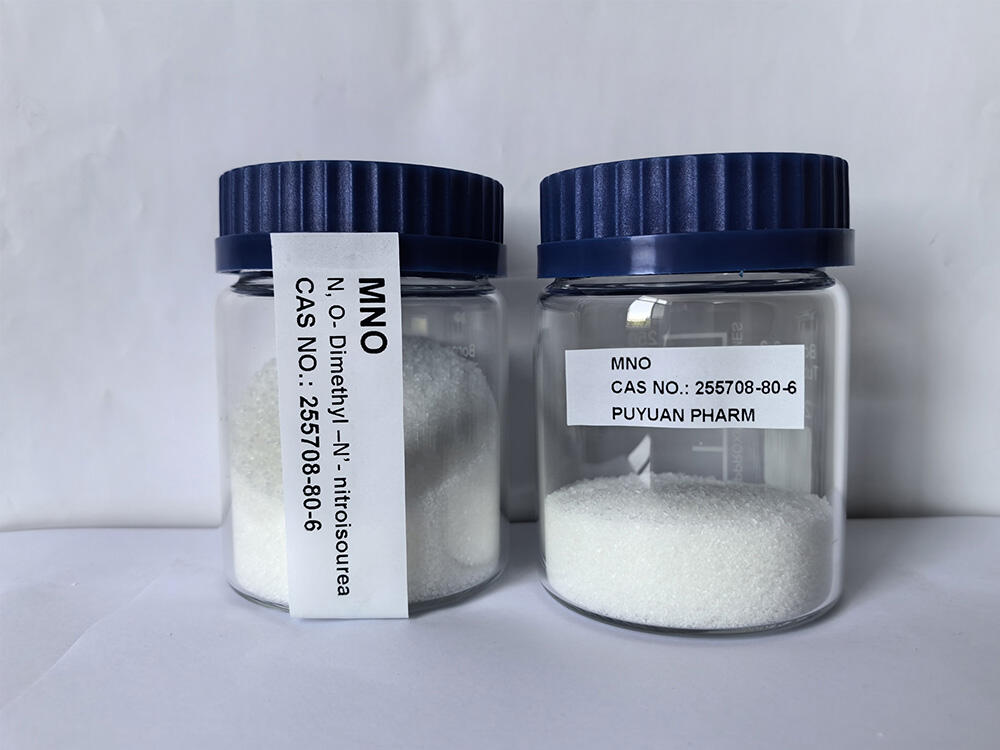

 EN
EN
 NL
NL
 FR
FR
 DE
DE
 JA
JA
 KO
KO
 PT
PT
 RU
RU
 ES
ES
 ID
ID
 VI
VI
 TH
TH
 MS
MS
 TR
TR
 AR
AR

